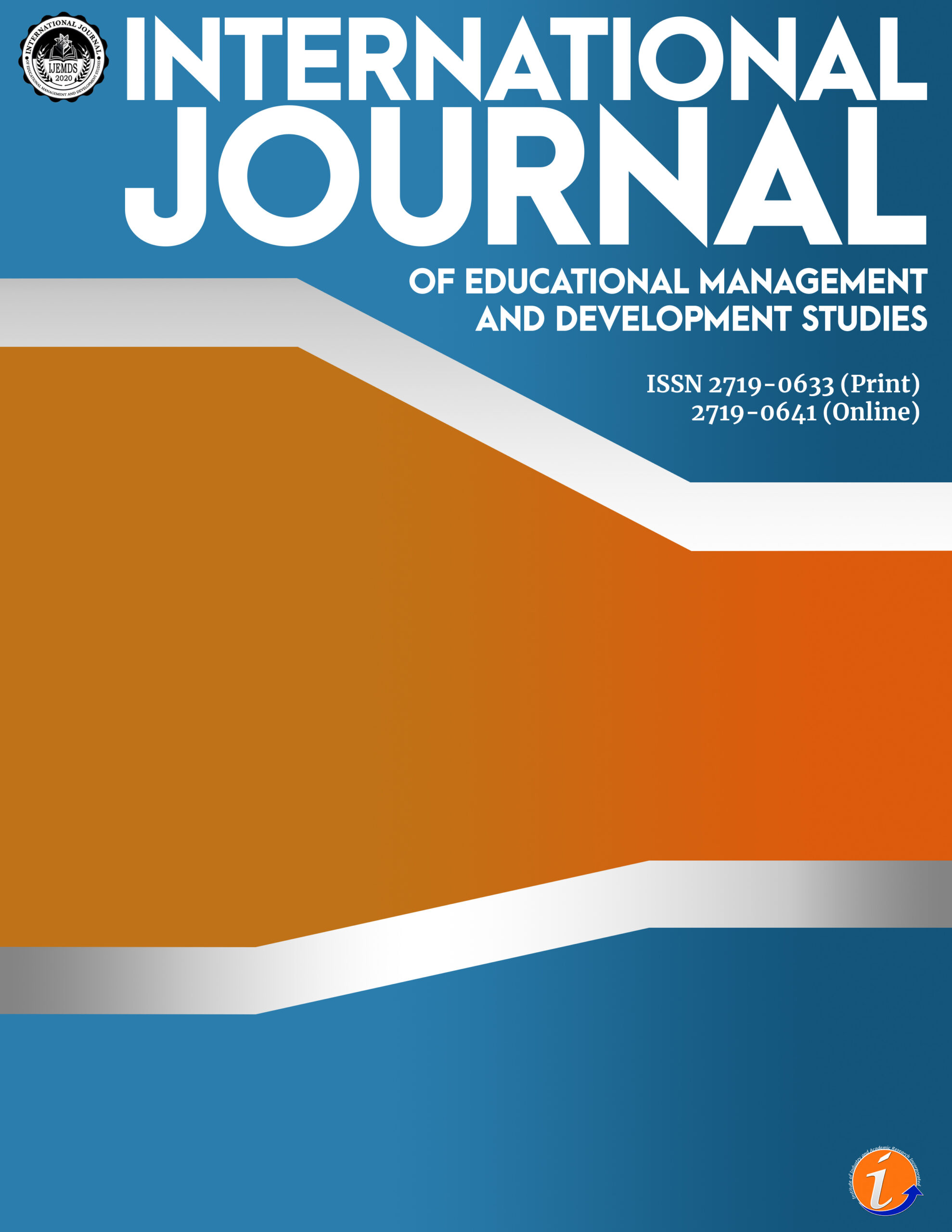The study utilized experimental-developmental quantitative research design through the use of teacher-made and expert-validated survey questionnaire, pretest and posttest to find the effects of researcher-designed travelogue as a supplementary learning tool in improving the historical thinking skills of fifty (50) Grade 7 students in a public high school in San Pablo City. Results showed that as to the learners’ attitude toward learning styles, visual, auditory, and kinesthetic modalities sometimes apply to them. As to the level of interest, the students were generally interested in the topics for Araling Panlipunan 7. Scores of the respondents as to historical thinking skills were generally also shifted from the satisfactory, very satisfactory ranges to the outstanding range. This is true for sourcing, corroborating, contextualizing, close reading and explicit instruction. Statistical tests for relationships and differences also reflected significant difference on the historical thinking skills of the learners implying that the use of travelogue has improved the skills of the learners and only visual related to explicit instruction and auditory to corroborating. This concludes that the attitudes of the learners toward learning styles partially relate to some of the historical thinking skills.
level of interest, travelogue, historical thinking skills, learning materials
Mark Ed M. Reyes. Corresponding author. Bachelors of Arts in Sociology, Teacher II, Department of Education – SDO San Pablo City, San Vicente Integrated High School
Nelia T. Salvador. Doctor of Education – Curriculum and Instruction, Professor, Laguna State Polytechnic University – San Pablo City Campus
This paper is presented in the 3rd International Conference on Multidisciplinary Industry and Academic Research.
An, S. (2013). Schema Theory in Reading. Academy Publisher. Vol. 3 No. 1.
Berkeley, S. & Barber A. (2015). Maximizing Effectiveness of Reading Comprehension Instruction in Diverse Classrooms. Brookes Publishing.
Bond, M., & Bedenlier, S. (2019). Facilitating Student Engagement through Educational Technology: Towards a Conceptual Framework. Journal of Interactive Media in Education, 2019 (1).
Colis M.V. & Reyes W. (2016). Teaching Historical Thinking Skills Through “Reading Like A Historian” Method Araling Panlipunan and the Development of a Citizen. The Normal Lights Journal of Teacher Education. Vol 14, No 2.
Cowgill, D.A & Waring S.M. (2017). Historical Thinking: An Evaluation of Student and Teacher Ability to Analyze Sources Journal of Social Studies Education Research (JSSER). 8(1), 115-145
Derilo, J. (2019). Scientific Epistemological Views, Teaching Approaches, Teaching Beliefs, Students Attitude and Performance in K to 12 Chemistry.
Guevarra, M. (2020) Metacognitive Approaches and Learning Modalities to Improve Integrated Science Process Skills Journal of Social Studies Education Research (JSSER)
Mishra S., (2014). Travelogues: An Innovative And Creative Genre Of Literature International Journal of English and Literature, Vol. 4, Issue 4, Aug 2014, 45-50
Nordgren, K. (2016). How to do things with history: Use of history as a link between historical consciousness and historical culture. Theory and Research in Social Education, 44(4), 479-504.
Pan, S. & Ryan, C. (2007). Analyzing Printed Media Travelogues: Means and Purposes with Reference to Framing Destination Image¸ Cognizant Communication Corporation. Tourism Culture & Communication, Volume 7, Number 2, 2007, pp. 85-97(13). https://doi.org/10.3727/109830407780339017
Raiyn J. (2016). The Role of Visual Learning in Improving Students’ High-Order Thinking Skills. Journal of Education and Practice. Vol.7, No. 24, 2016
Stolee, T.K., & Fristoe, T. (2011). Expressing computer science concepts through Kodu Game Lab. SIGCSE ’11: Proceedings of the 42nd ACM technical symposium on Computer science education. March 2011 Pages 99–104https://doi.org/10.1145/1953163.1953197
Suarez, G. (2018). Impact of Interactive Reading Strategies on the Reading Comprehension Skills of Grade 9 Students in Col. Lauro D. Dizon Memorial National High School. Unpublished Thesis.
Tejada, J. (2017). Teaching and Learning Araling Panlipunan (Social Studies). LinkedIn SlideShare. Retrieved from: www.slideshare.net/JunilaTejada/teaching-and-learning-araling panlipunan
Tinong R. (2018). An Insight to curriculum contextualization. Herald Express.
Waring, S. M. (2011). Preserving history: The construction of history in the K-16 classrooms. Charlotte, NC: Information Age Publishing.
Wineburg, S. (2001). Reading Like a Historian. Teachers College Press 2013
Yarbrough J.R. (2019). Infographics: In Support of Online Visual Learning. Academy of Educational Leadership Journal. 23(2)
Cite this article:
Reyes, M.M. & Salvador, N.T. (2022). Travelogue as supplementary learning tool towards students’ historical thinking skills. International Journal of Educational Management and Development Studies, 3(4), 118-133. https://doi.org/10.53378/352949
License:
![]()
This work is licensed under a Creative Commons Attribution (CC BY 4.0) International License.










